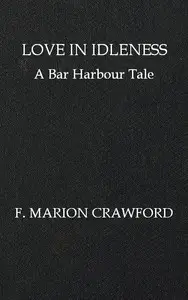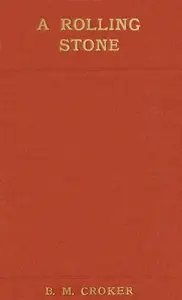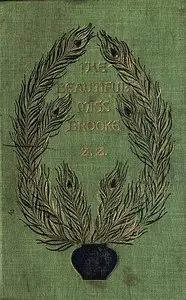"An Engagement of Convenience: A Novel" by Louis Zangwill, tells the tale of Alice Robinson and her infatuation with her neighbor, the artist Wyndham, in the backdrop of the early 1900s. Alice, drawn to Wyndham’s artistic spirit, watches as he faces financial hardship and struggles with his identity. Her admiration intensifies, leading her to turn down a more advantageous marriage offer. The story follows Wyndham's decline and feelings of isolation, highlighting his inner turmoil and the challenges he faces as his circumstances change. While social expectations attempt to pull them apart, Alice is determined to assist Wyndham in his recovery. Their journeys explore the intricacies of love, societal expectations, and personal ambition during times of volatility.

An Engagement of Convenience: A Novel
By Louis Zangwill
Amidst financial downturn, a woman forsakes a secure future to pursue a bond with a troubled artist, challenging social norms and testing the bounds of affection.
Summary
About the Author
Louis Zangwill was an English novelist; born at Bristol, England. He was educated at Jews' Free School, and for a time acted as teacher there, but left together with his brother, Israel Zangwill, and set up a printing establishment. Afterward, however, he turned to literature, and produced, under the pseudonym "Z. Z.," "A Drama in Dutch", which attracted some attention for its local color. It was followed by "The World and a Man" (1896), "The Beautiful Miss Brooke" (1897), and "Cleo the Magnificent" (1899), all distinguished by a certain realistic vividness and somewhat cynical sense of humor. He also produced a more sympathetic study, "One's Womenkind".
Louis Zangwill was an English novelist; born at Bristol, England. He was educated at Jews' Free School, and for a time acted as teacher there, but left together with his brother, Israel Zangwill, and set up a printing establishment. Afterward, however, he turned to literature, and produced, under the pseudonym "Z. Z.," "A Drama in Dutch", which attracted some attention for its local color. It was followed by "The World and a Man" (1896), "The Beautiful Miss Brooke" (1897), and "Cleo the Magnificent" (1899), all distinguished by a certain realistic vividness and somewhat cynical sense of humor. He also produced a more sympathetic study, "One's Womenkind".










